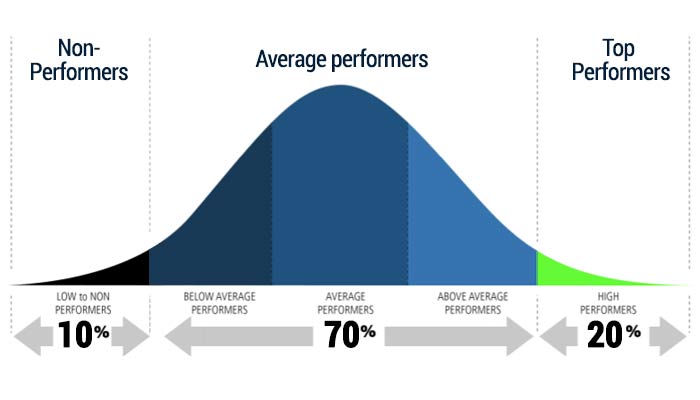Escape Reality
Hubris in the design academy looking for in-roads to the industry.
Evidence-Based Design Practice?
STORYTELLING AS DESIGN
I listened to two hours of research reporting that pushed the notion that we should be employing more evidence-based approaches to our industry design practices (particularly at urban scales).
While I understand that the extent of the work-product contracted by the European Union for this research demanded an answer to the potential methods for integration of evidence-based approaches, it glossed over the pertinence of such approaches.
This drives to the heart of the practice of urban change professionals: Are the conclusions derived from your sample generalizable?
My co-participants in KAEBUP’s presentation were of similar minds: we are being asked to disregard post-positive approaches and generative approaches. This feels like a regression to hubristic approaches from which the design industry is struggling to overcome.
Alvaro Valera Sosa’s response was largely focused on ergonomics, which we don’t need reminding of. The human body is and has always been a baseline design criteria.
The Alain Chairadia’s response was to highlight the role of policy in the built environment, but this is an inverted logic. Policy is a response to narrative. No policy is ever born without someone complaining about something to law makers. All policy is an attempt to codify a set of standards, which is just the end result of relying on a bell-curve. The job of lawmakers is to establish the bell-curve as a hard line between legal and illegal. But this realm is flawed as a rule, as it is reactive, and denies exceptionalism. 99% of all cities are evolved based on minute decisions made over centuries, not polices. You can certainly point to land-use policy as form-giver, but this is hardly the extent of the “sense of place”. Saying we cannot know what the micro-response should be is false if we intend to leverage continuity of that local evolution.
As rightly stated by both the penultimate and the final participants (Saket Sarraf and Tomislav Agustincic): the great leap yet to be made in the realm of evidence-based changes to urban change industry is constructivism, narrative analysis, and storytelling.

The tyranny of normal distribution as defined by large data sets.
“Yet the meaningfulness of everyday relationships is disclosed not in everyday life but in rare deeds, just as the significance of a historical period shows itself only in the few events that illuminate it.”
-Arendt, “The Human Condition” (p.42)
